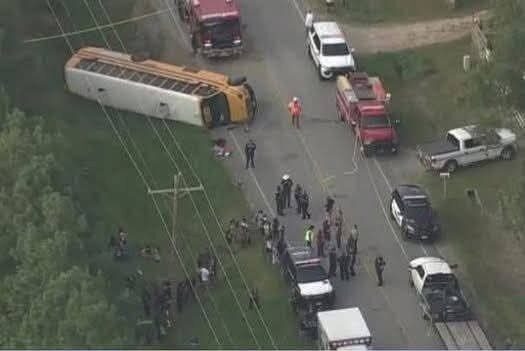Eight years ago, Tanzania faced an unimaginable loss. On May 6, 2017, a school bus carrying students from Lucky Vincent Primary School in Arusha lost control on a slippery mountain road in the Karatu district. The crash claimed 32 children, two teachers, and the driver—one of the deadliest accidents in the country’s history. Even in 2025, the grief remains.
That morning had begun with hope and excitement. Children were heading to take a mock national exam after months of preparation. Parents sent them off with hugs, teachers offered encouragement—never imagining it would be the last time they’d see their smiling faces.
The Karatu road was notorious for its sharp bends and rain-slicked surface. Witnesses recalled the bus struggling to navigate a curve before plunging into a ravine, rolling multiple times before coming to rest. Rescue teams were met with silence—the kind that only follows unimaginable tragedy.
News of the crash spread across Tanzania instantly. Radios and televisions interrupted programming; newspapers ran black-bordered headlines. The nation mourned. President John Magufuli declared a national day of grief. Vigils and prayers were held across the country. Parents crowded hospitals, desperate for news. One mother identified her daughter only by a handmade bracelet. A father fainted when he saw his son’s backpack among the wreckage.
Amid this heartbreak, a flicker of hope emerged. Three students—Wilson, Sadia, and Doreen—survived, severely injured but alive. Airlifted to hospitals and later to the United States for advanced care, their survival became a symbol of resilience and courage.
Continue reading on next page…
